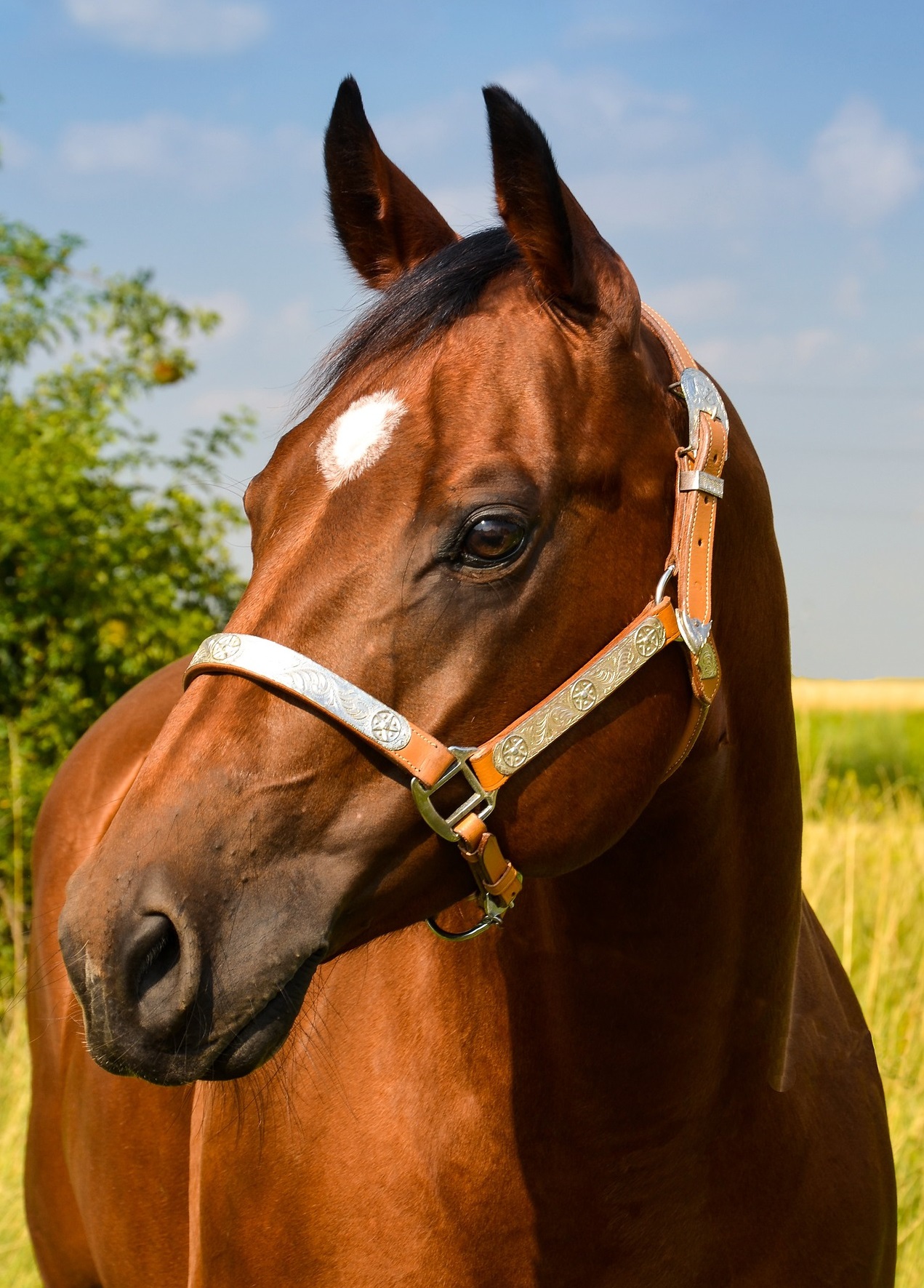Director's Message - Fall 2020
Director's Message
 Biosecurity is something that we at the Center for Equine Health and the UC Davis veterinary hospital think about all day, every day. With horses constantly coming and going, a significant amount of time, effort, and training go into making our facilities as safe as possible for horses and humans alike.
Biosecurity is something that we at the Center for Equine Health and the UC Davis veterinary hospital think about all day, every day. With horses constantly coming and going, a significant amount of time, effort, and training go into making our facilities as safe as possible for horses and humans alike.
This issue is especially timely considering the biosecurity measures that we are taking every day in our personal lives to address the COVID-19 pandemic. Many of the concerns about the spread of infectious diseases, as well as their containment and prevention, are similar to those addressed in equine biosecurity plans. Worldwide, our increasingly mobile equine population requires everyone to prioritize infectious disease awareness and biosecurity.
We were fortunate to collaborate with one of my mentors, Dr. Gary Magdesian, on this issue. Dr. Magdesian is a world-renowned specialist in equine internal medicine, critical care and emergency medicine, and neonatology, and acts as the infectious disease officer for the hospital. We are grateful to him for sharing his expertise on this crucial topic.
During my residency training at UC Davis, I spent quite a lot of time in our equine isolation unit treating clinical cases. We are incredibly fortunate at UC Davis to have a state-of-the-art isolation building with individual air-conditioned stalls that meet all of the required infectious disease precautions. During the summer, both horses AND residents were grateful for the air conditioning! It should be extremely comforting for our clients to know that horses with infectious diseases are separated from the rest of the hospitalized population while getting top-level care.
Whatever your level of comfort and experience with equine biosecurity, this issue is meant to serve as a handbook for quick reference on some of the most important concepts. You will find information about how infectious diseases are transmitted to horses, some of the most common diseases to keep on your radar, the role of asymptomatic carriers in disease spread, tips to keep your horse safe and healthy at home and while traveling, and our recurring “10 Things You Might Not Know” feature.
We hope that this issue inspires you to examine ways to augment your current biosecurity protocols and encourage you to share this important information with fellow equestrians.
Carrie J. Finno, DVM, Ph.D.
CEH Director
Equine Biosecurity Resources
For more information about equine biosecurity, including steps you can take at home and at events to keep your horses safe and healthy, please visit the following resources:
Equine Disease Communication Center
California Department of Food and Agriculture, Biosecurity Toolkit for Equine Events
Healthy Farms, Health Agriculture, Equine Biosecurity Overview
